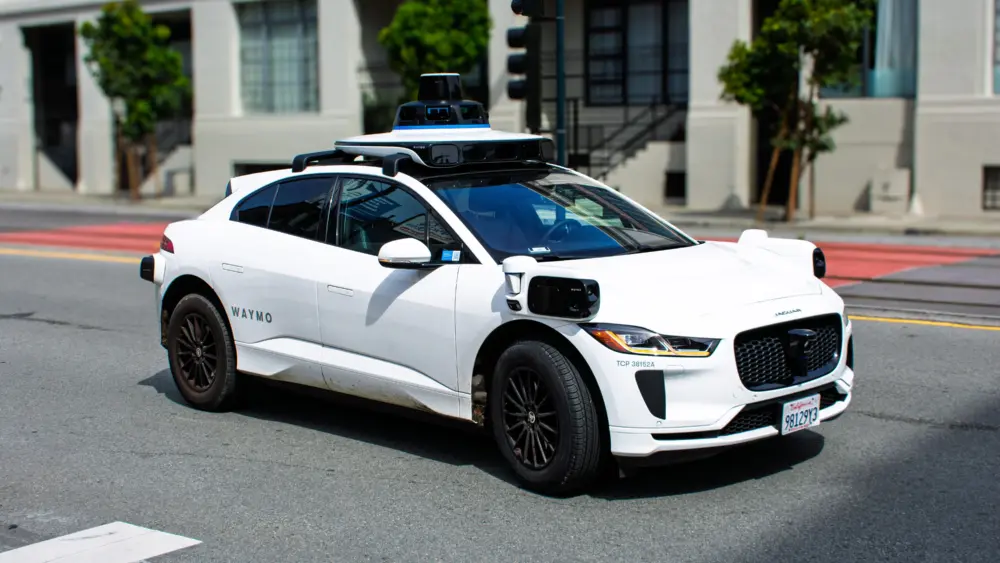
I want to spend this month’s column talking about Apple’s latest announcement, the Apple Vision Pro (apple.com/vision-pro). Priced at $3,499 and slated for delivery next year, the Vision Pro is Apple’s stake in the ground in the Virtual Reality (AR) and Augmented Reality (AR) product space. Refusing to be categorized by these existing terms, Apple announced the Vision Pro with the tagline “Welcome to the era of spatial computing.”
First, let’s do a quick review. VR is first and foremost an immersive experience. You wear a headset that completely eliminates your view of the world around you, replacing it with a manufactured image that is presented on two screens, one for each of your eyes. In contrast, AR adds to what you see in the real world. Google Glass, eyeglasses which provide a “heads up” display in one corner of your field of view, is one example. Pokémon GO, which reached peak popularity in 2016 (thank you, Google Trends), is a more familiar application of AR: Your phone displays Pokémon on top of video of your actual surroundings.
Given those definitions, Apple Vision Pro is properly classed as VR. You wear a headset (it looks like a high-tech ski mask) that completely obscures your view of the outside world. But, what you see in the dual micro-LED displays, essentially a 4K TV for each eye, is (by default) exactly what you would see in front of you without the headset, thanks to cameras on the exterior of the headset. So, what you see in your VR space is AR. Weird.
Even stranger is the EyeSight feature. The front of the headset is actually a display as well, which shows an image of your eyes, so that people on the outside perceive you as wearing a transparent mask. According to Apple, “Your eyes are a critical indicator of connection and emotion, so Vision Pro displays your eyes when someone is nearby.” Creepy? Perhaps.
Based on its specifications and capabilities, the Vision Pro is as close to the state of the art in VR/AR tech as you can buy. But at $3,500, it is substantially more expensive than the most popular VR headset, Meta/Facebook’s Quest 2 (at $300). It’s telling to look back at CNET’s June 2007 review of the first iPhone (which cost $400 dollars in its least-expensive form): “Despite some important missing features, a slow data network and call quality that doesn’t always deliver, the Apple iPhone sets a new benchmark for an integrated cellphone and MP3 player.” Unlike the first iPhone, the Apple Vision Pro is not something that a lot of people will buy. Instead, like the $300,000 Lexus LFA supercar, it is a showcase of features that will, over time, make it into versions of consumer products you can actually afford to buy. At the moment, with its two-hour battery life (not even long enough to watch many feature films), it’s just a cool toy.
I was amused by the strong negative reactions to the Apple Vision Pro, given that Meta’s Quest full-face headsets have been around for quite some time (Meta acquired the technology from Oculus, which delivered its first consumer headset over a decade ago). But rather than a knee-jerk reaction to this technology, I suggest waiting to actually experience what it has to offer.
On the one hand, our current tendency to spend our time with our noses in our phones lends some credence to the potential downside of immersive VR. On the other hand, spending my eight- to 10-hour workday in a headset is unappealing, no matter how immersive it may be. To paraphrase the movie Ready Player One: Reality is still the only place you can get a decent meal.
VR and AR are still nascent technologies. If a headset is unappealing, what about a pair of glasses that use light to actually paint images on your retina? Or a pair of “bionic contact lenses” that overlay (or replace) what you see. Or a neural implant that completely bypasses the input from your eyes. Talk about virtual reality! Yet all of these are technologies which exist in primitive forms today.
I think there is a real benefit to augmenting our vision with images and text. My car has a heads-up display which I have come to rely on, rather than looking down at the speedometer. And if the view inside a headset is exactly what I see without the headset, what is the issue (aside from having something on your face for extended periods)? As far as immersive virtual experiences, you need only look to today’s experience of 3D movies like Avatar: The Way of Water to see the appeal of surrounding oneself with another world.
Remember, the iPhone, which revolutionized our lives—and was panned by many at its debut—is only 16 years old. I predict that we will see a lot happening in VR and AR over the next 25 years.
Author
-

Michael E. Duffy is a 70-year-old senior software engineer for Electronic Arts. He lives in Sonoma County and has been writing about technology and business for NorthBay biz since 2001.
View all posts



